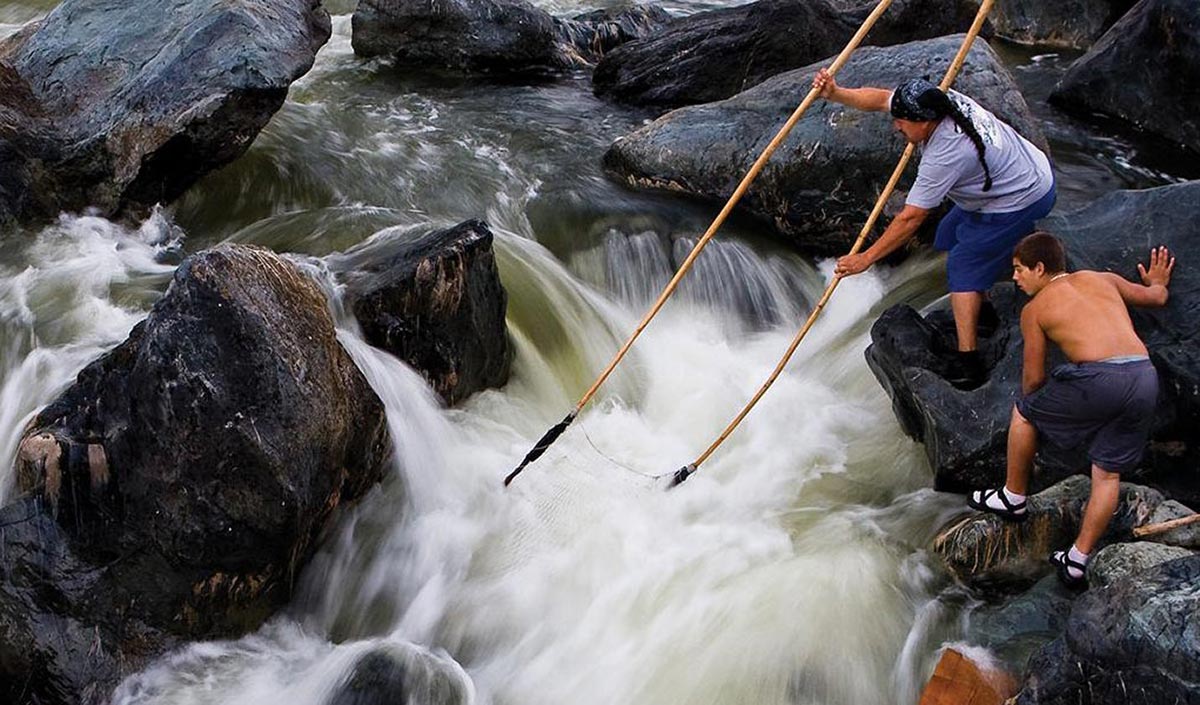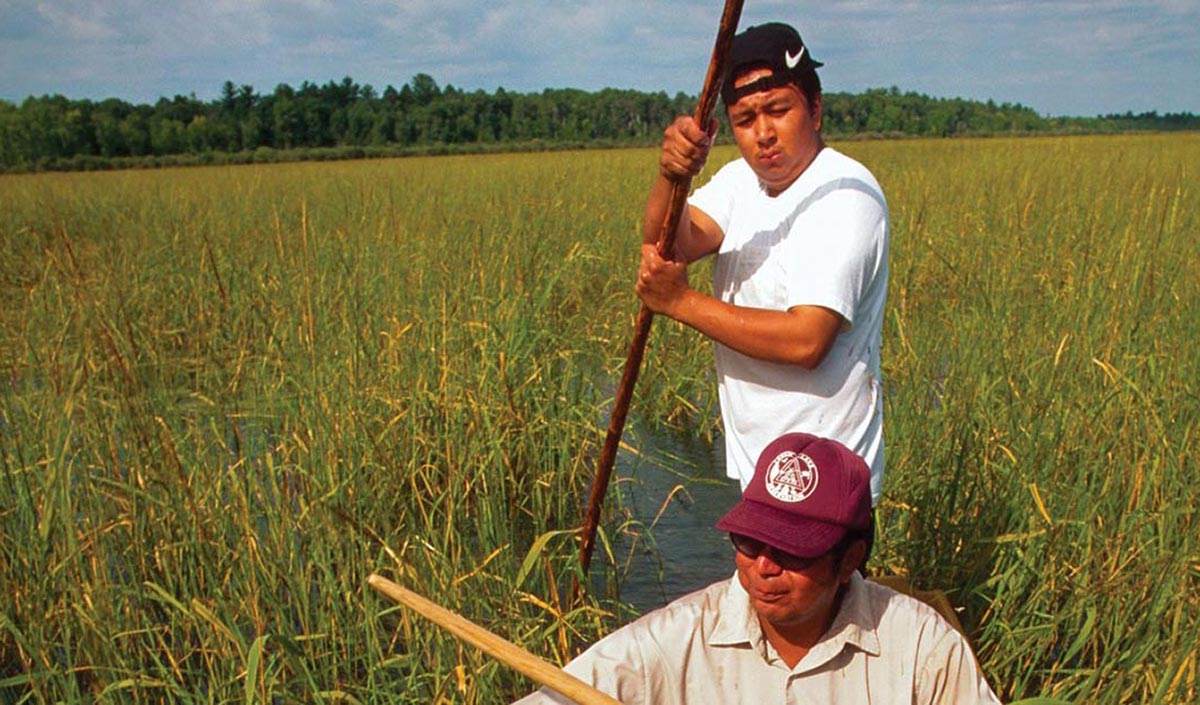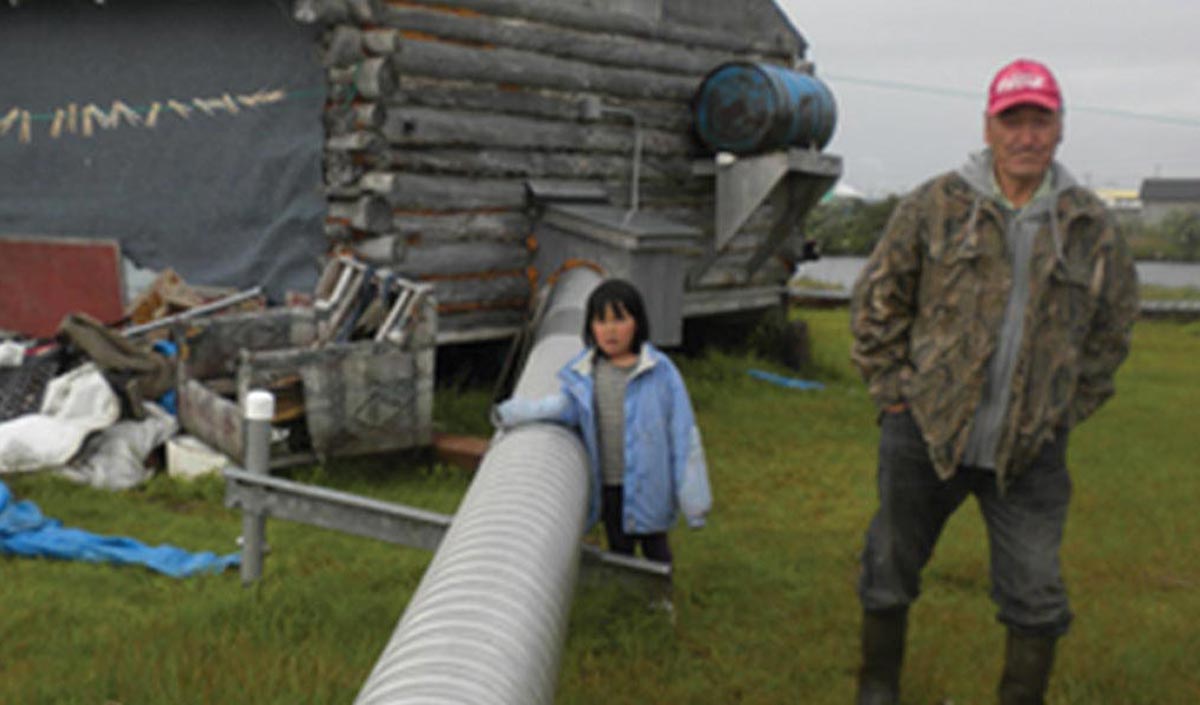Introduction

Human-caused stresses such as dam building have greatly reduced salmon on the Klamath River.
The peoples, lands, and resources of indigenous communities in the United States, including Alaska and the Pacific Rim, face an array of climate change impacts and vulnerabilities. The consequences of observed and projected climate change have and will undermine indigenous ways of life that have persisted for thousands of years. Native cultures are directly tied to Native places and homelands, and many indigenous peoples regard all people, plants, and animals that share our world as relatives rather than resources. Language, ceremonies, cultures, practices, and food sources evolved in concert with the inhabitants, human and non-human, of specific homelands.
















